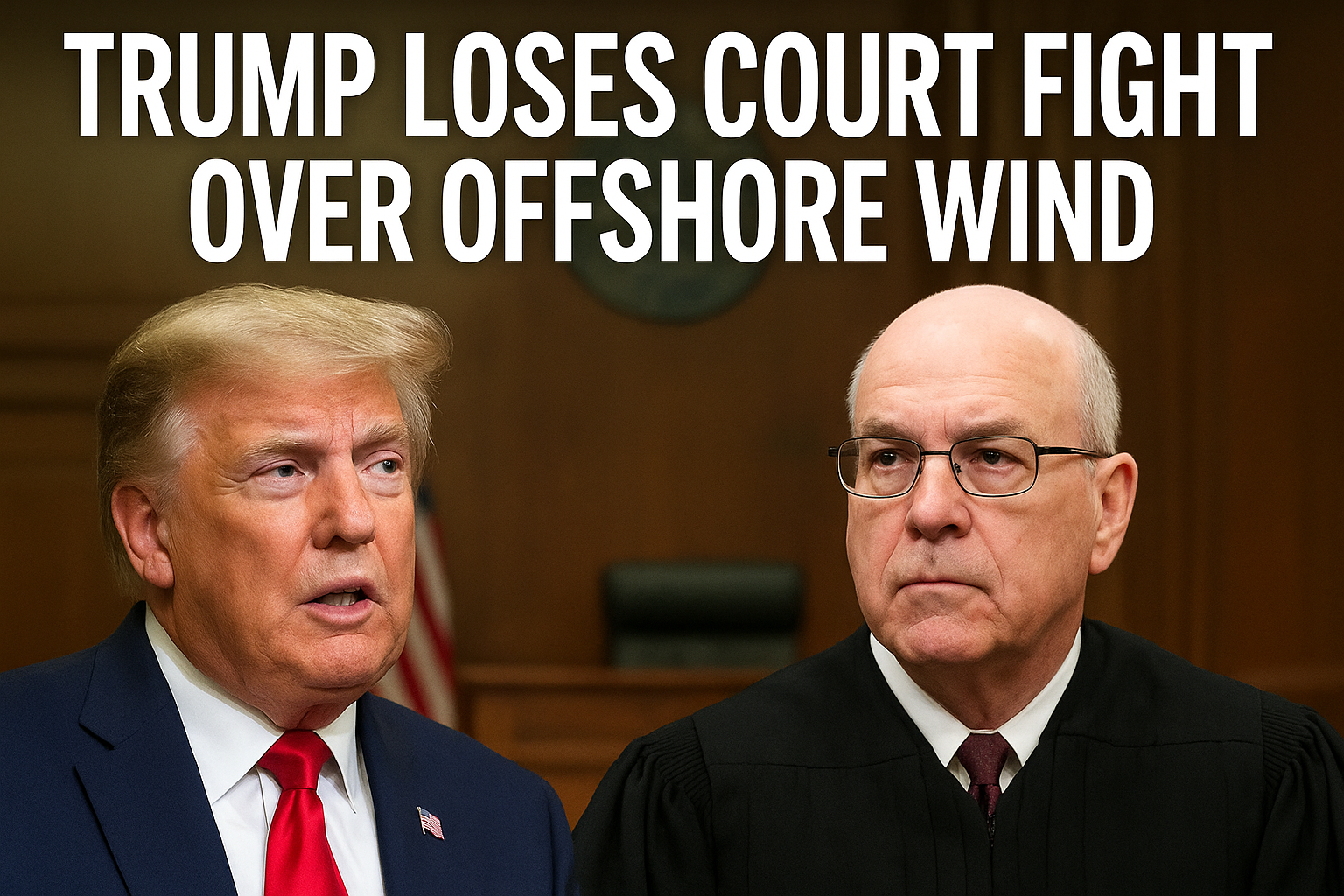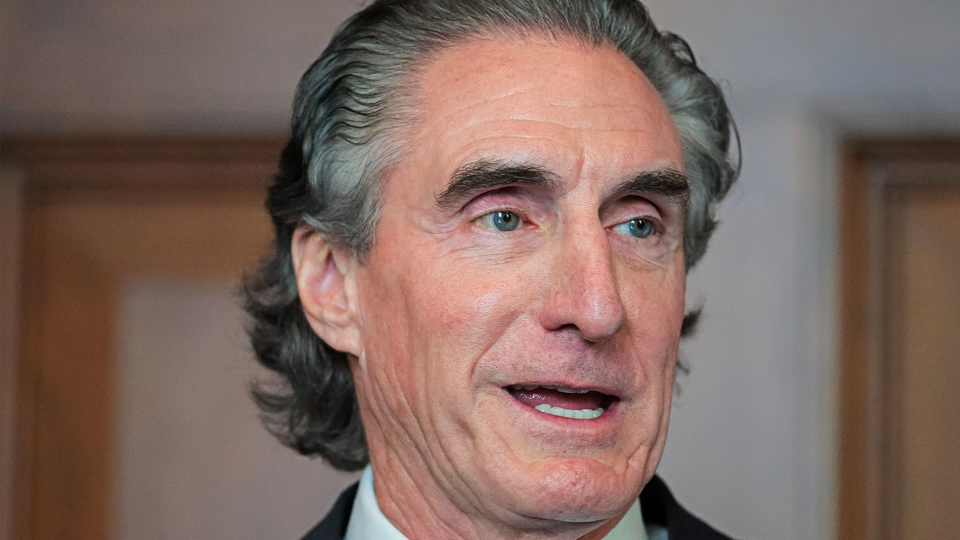A federal judge allows Ørsted’s $5 billion Revolution Wind project to resume off Rhode Island, overturning the Trump offshore wind crackdown.
WASHINGTON, D.C. —Former President Donald Trump’s aggressive effort to shut down America’s offshore wind industry suffered a major setback Monday when a federal judge ruled that the multibillion-dollar Revolution Wind project can resume construction.
The Revolution Wind project has long been a hot topic because of the Trump administration’s policies, renewable jobs, and global investment. The offshore power project, led by Danish renewable giants Ørsted and Skyborn Renewables, was halted on August 22nd when the Bureau of Ocean Energy Management (BOEM) issued a stop-work order citing unspecified “national security concerns.” The halt to progress on a wind farm that is already 80% complete has put more than 1,000 jobs at risk and billions in investment at risk.
But on Monday, U.S. District Judge Royce Lamberth lifted the stay, calling Trump’s offshore wind crackdown “harmful and unreasonable,” insisting that developers have lost about $2.3 million for each day of delay, with specialized construction vessels unlikely to return until 2028 if the deadline slips. “I have no doubt that plaintiffs will suffer irreparable harm,” Judge Lamberth said in his ruling.
$5 Billion Clean Energy Milestone
Upon completion, the Revolution Wind project will provide enough clean electricity to power 350,000 homes across Rhode Island and Connecticut—about 2.5% of the region’s demand. Developers have already invested about $5 billion in the project, making it one of the largest clean energy initiatives in New England’s history. Ørsted warned that canceling it could cost more than $1 billion.
“This ruling allows us to immediately resume offshore work and complete this important project,” Orsted said in a statement.
Connecticut Attorney General William Tong and Rhode Island Attorney General Peter Neronha both praised the decision, calling it a victory for workers, families, and energy security.
Trump’s War on Offshore Wind
Trump sought to shut down offshore power projects on his first day in office and has done so by shutting down nearly all of the previous projects, including projects that were in the middle of construction, and by showing interest in oil, gas, and coal. And since returning to office, Trump has doubled down on his opposition to offshore wind, calling the industry expensive, unreliable, and a threat to fossil fuel dominance. The Rhode Island wind project is no exception, with his administration revoking permits, withholding $679 million in federal funding, suspending new leases across U.S. waters and trying to shut down projects in Massachusetts and Maryland.
Environmentalists say the moves are politically motivated. “Trump is trying to push renewable energy to the brink of extinction in favor of dirty and expensive fossil fuels,” said Nancy Pine of the Sierra Club, calling Monday’s ruling “a victory for the climate and American workers.”
The White House has pushed back, insisting that it is not the end of the legal battle. “This will not be the final decision on this issue,” said spokeswoman Anna Kelly, adding that Trump is committed to restoring “American energy dominance” by prioritizing fossil fuels.
The Big Picture
Construction on the Revolution Wind project began about 15 miles off the Rhode Island coast, following the example of the smaller Block Island Wind Farm. With more than 1,000 workers on site, the project is being seen as a bellwether for whether America can scale up offshore wind despite political opposition.
If completed, it would mark a significant turning point in U.S. clean energy policy—proving that offshore wind can withstand intense political opposition and provide jobs, investment, and renewable energy to millions of families.
With construction now resuming, Revolution Wind is committed to collaborating with the administration and stakeholders to ensure the project stays on track, securing jobs, clean energy, and progress for the region.


